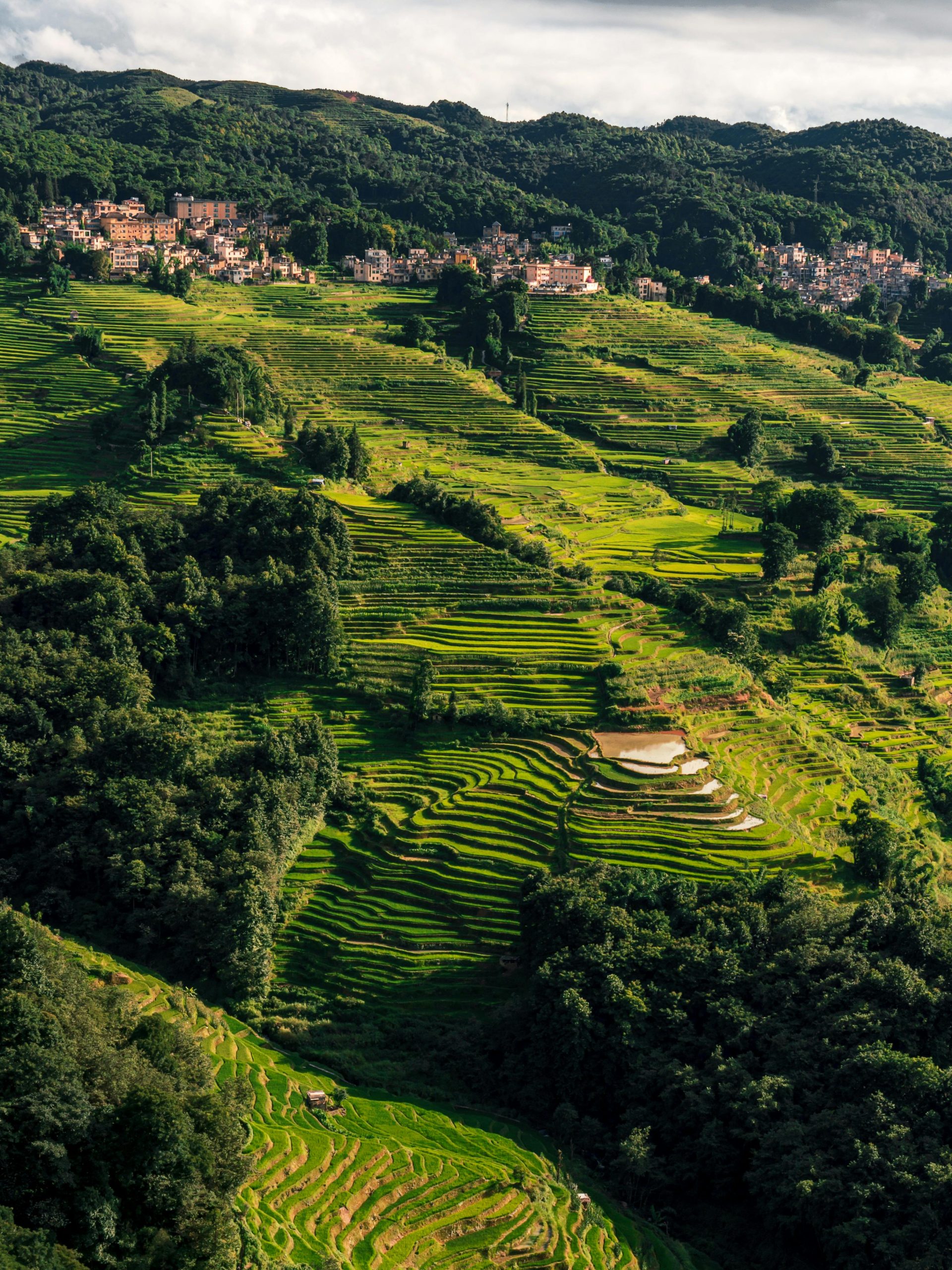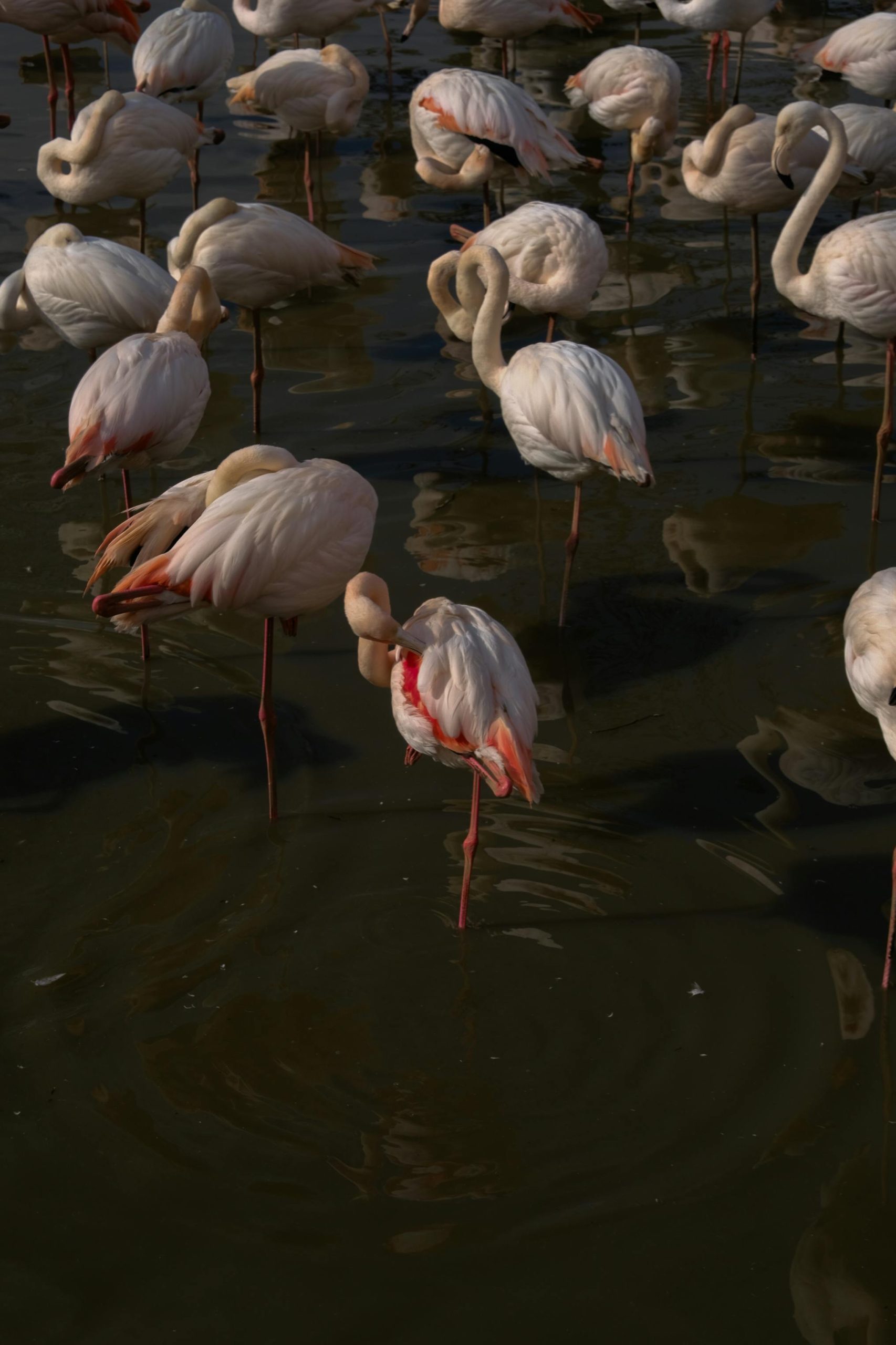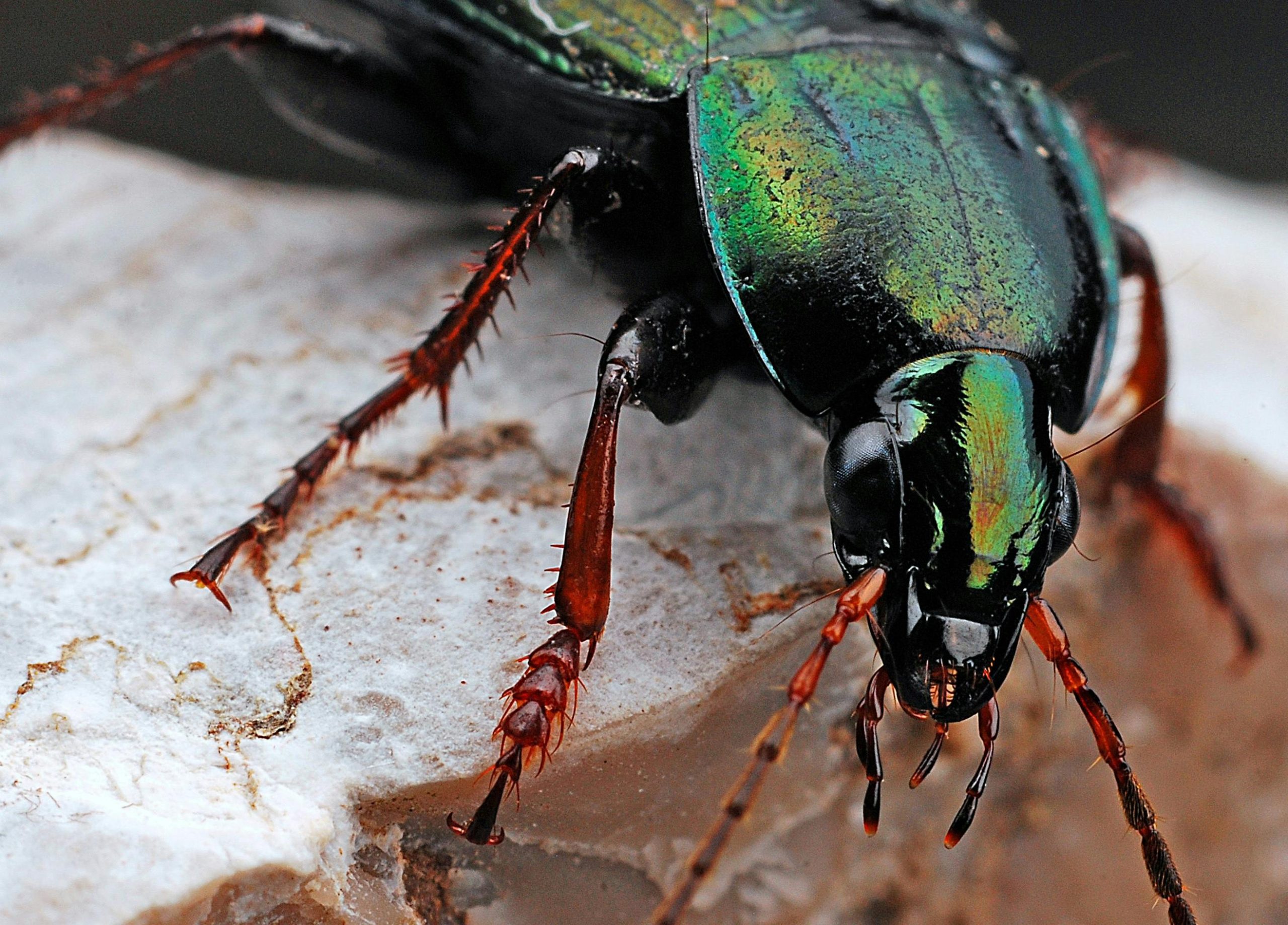Detection and taxonomic identification of emerging pathogenic yeasts in surface waters from Lagoon Systems in Rio de Janeiro, Brazil
This study aimed to detect and identify emerging pathogenic ...












